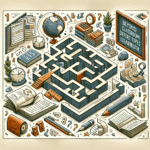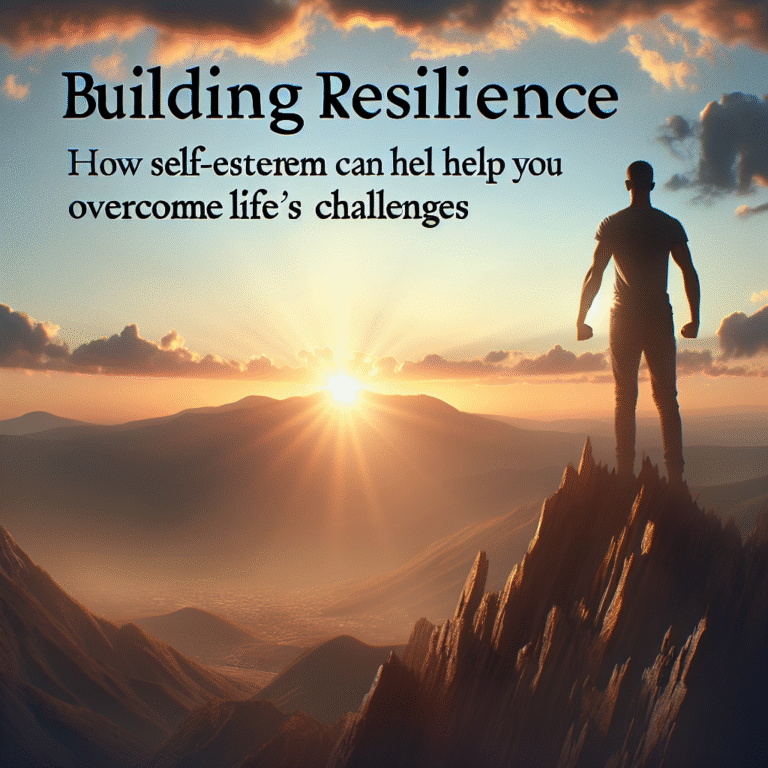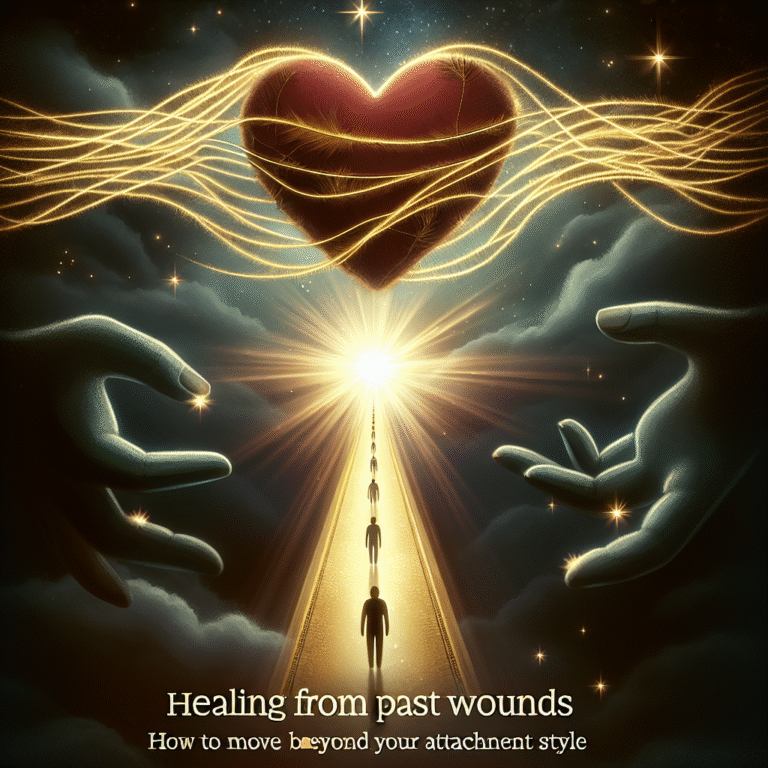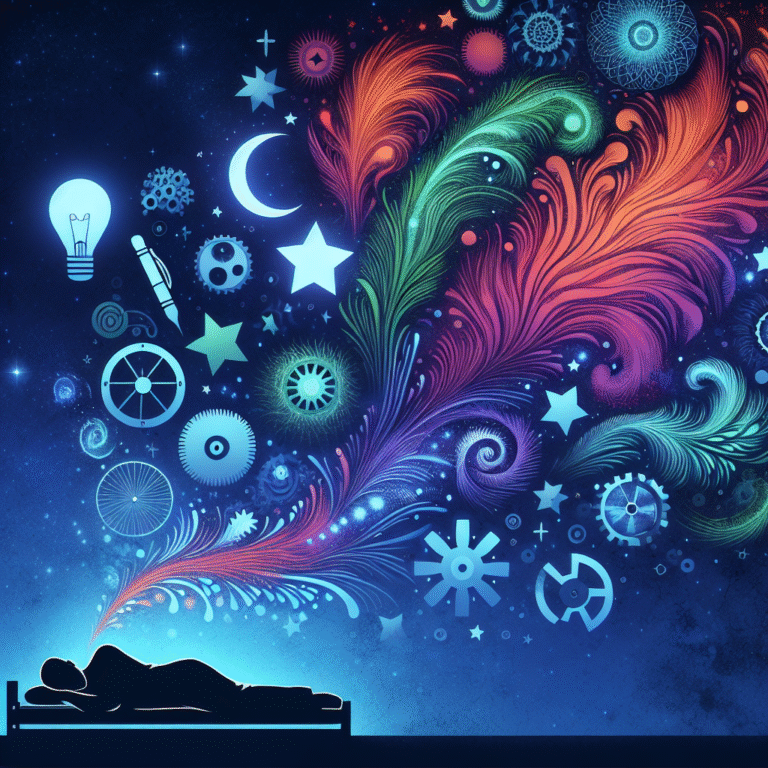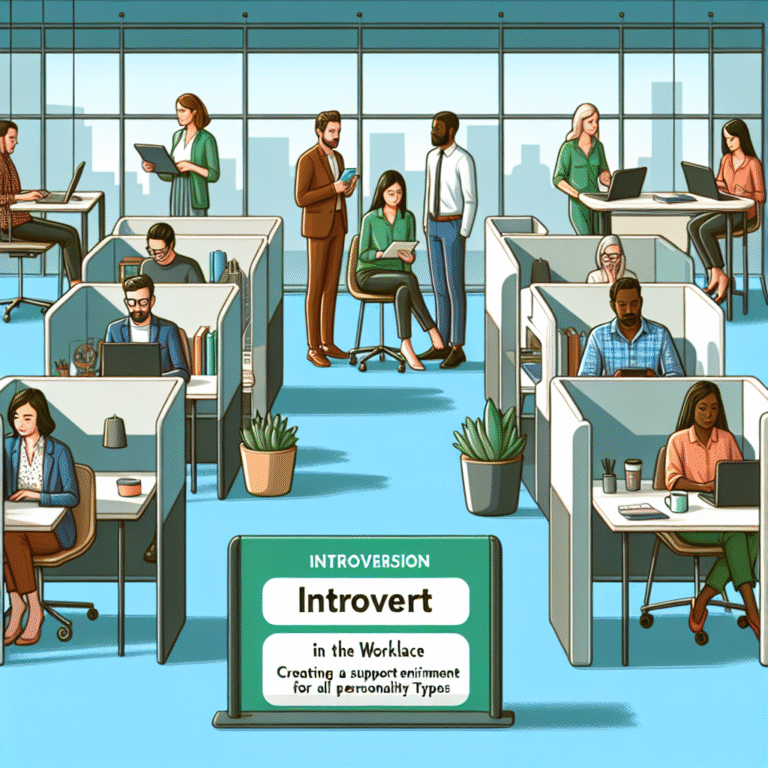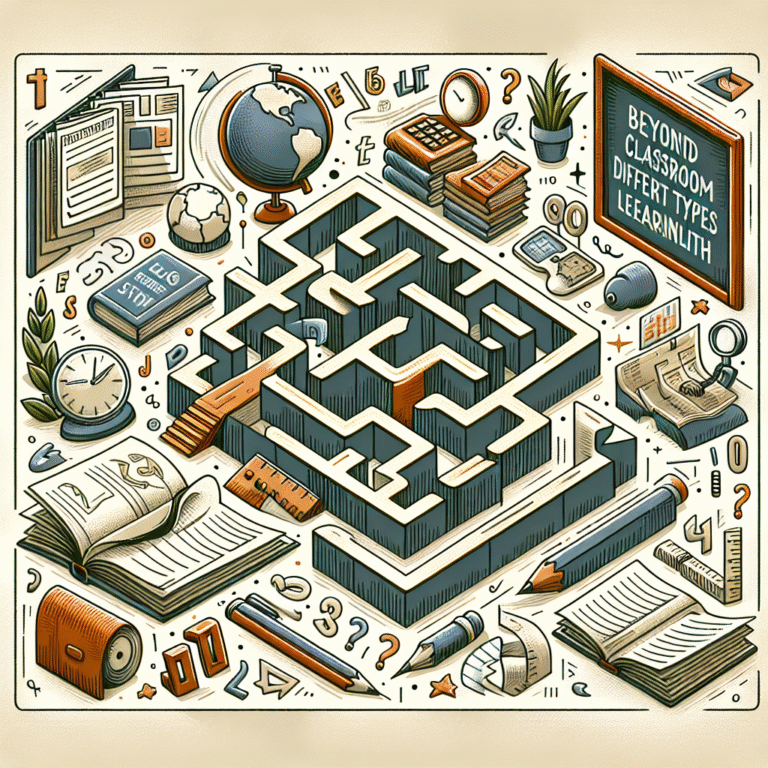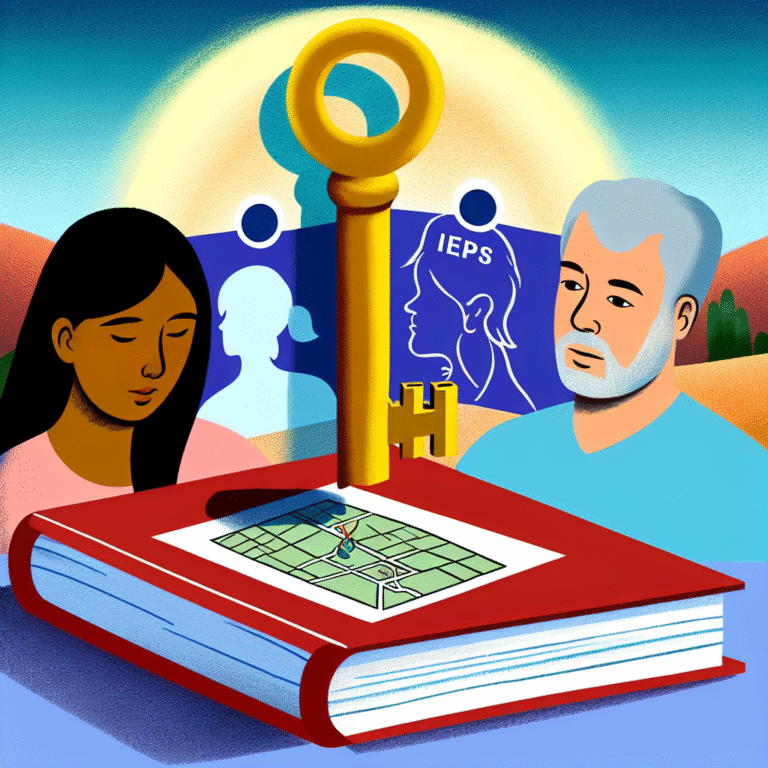
Introduction
In an era characterized by an overwhelming abundance of choices, we often find ourselves caught in a whirlwind of decisions that can leave us feeling exhausted and paralyzed. From what to wear in the morning to more pivotal life decisions about careers and relationships, the unending array of options can feel like a double-edged sword. We live in a world where each day presents us with hundreds, if not thousands, of decisions, and as a result, many of us are experiencing a phenomenon known as decision fatigue.
"Drowning in Choices: Understanding Decision Fatigue and Its Impact on Our Lives" emerges as a critical topic of discussion in this context. As we delve into this article, we will explore the nature of decision fatigue, its psychological underpinnings, real-world implications, and strategies to navigate this modern dilemma. By the end, you’ll not only understand decision fatigue better but also learn actionable insights to reclaim your mental energy and enhance your quality of life.
What is Decision Fatigue?
At its core, decision fatigue refers to the deteriorating quality of decisions made by an individual after a long session of decision-making. The concept was popularized by psychologist Roy Baumeister in the late 1990s, who found that self-control and decision-making draw on a limited resource. When this resource is depleted, individuals tend to revert to easier, often less optimal choices.
The Mechanics of Decision Fatigue
Cognitive Overload: The average adult makes about 35,000 decisions daily (American Psychological Association). When faced with too many choices, the brain can become overloaded, leading to a reduced ability to evaluate options carefully.
Decreased Willpower: Each decision acts as a drain on our mental energy. Research has shown that after making several decisions, people are more likely to choose the path of least resistance, opting for quick, often uninformed choices rather than well-considered ones.
Case Study: Shopping Behavior
Consider a simple scenario: a consumer entering a grocery store. With hundreds of cereal options lining the aisle, the consumer may initially approach this decision with enthusiasm. However, after navigating through various selections, they may resort to grabbing a familiar brand without regard for their nutritional goals. This pattern exemplifies how decision fatigue can lead to impulsive choices that detract from our well-being.
| Choice Complexity | Decision Quality |
|---|---|
| Fewer options | Higher quality |
| Numerous options | Lower quality |
The Psychological Impact of Decision Fatigue
Understanding the psychological impact of decision fatigue is essential for helping us navigate daily life. The consequences extend beyond mere frustration; they can alter our mood, self-esteem, and overall sense of agency.
The Link Between Decision Fatigue and Anxiety
Decision fatigue often exacerbates feelings of anxiety. When faced with a multitude of choices, the fear of making the wrong decision can become paralyzing. A study published in the Journal of Consumer Research indicated that when people were overwhelmed by choices, they not only hesitated to make a decision but also reported greater levels of anxiety and dissatisfaction.
Decision Fatigue and Mental Health
Emerging evidence suggests a significant link between decision fatigue and mental health. Chronic decision fatigue can lead to burnout, depressive symptoms, and even affect interpersonal relationships. When we are exhausted from constant decision-making, our emotional bandwidth shrinks, making it difficult to engage fully with others.
Case Study: Workplace Decision Fatigue
In a corporate environment, employees may often be required to make rapid decisions regarding projects, budgets, and team dynamics. Research conducted by the Harvard Business Review highlights how decision fatigue diminishes productivity and creativity, urging companies to streamline choices where possible.
Strategies to Combat Decision Fatigue
Limit Choices: By reducing the number of options you expose yourself to, you can enhance decision quality. This strategy can be adopted in various aspects of life, from meal planning to choosing leisure activities.
Establish Routines: Implementing routines can help minimize daily decisions. For instance, opting for a "uniform" or meal prep significantly cuts down on choice overload.
Set Decision Deadlines: Giving yourself a time frame to make decisions encourages more efficient decision-making. Research indicates that setting a timer can help focus attention and expedite the process.
Prioritize Decisions: Not all decisions are created equal. By discerning between trivial and significant choices, you can allocate your mental energy more effectively.
- Practice Mindfulness: Engaging in mindfulness exercises can help reduce anxiety about decision-making and enhance overall mental clarity.
Chart: Daily Decision-Making Strategies
| Strategy | Impact on Decision Fatigue |
|---|---|
| Limiting choices | High |
| Establishing routines | Medium |
| Setting deadlines | High |
| Prioritizing decisions | Very High |
| Practicing mindfulness | High |
Real-World Implications of Decision Fatigue
Everyday Life
In everyday life, the repercussions of decision fatigue manifest in various forms. People might find themselves indecisive in social settings, struggle with buying decisions, or even encounter relationship concerns due to the inability to confront critical topics.
Health Decisions
In the context of healthcare, decision fatigue can have dire consequences. For instance, when patients are overwhelmed by treatment options or health screenings, they may delay or avoid necessary decisions, risking their health.
Educational Choices
Students often face significant decision fatigue as they navigate college applications, course selections, and career paths. This exhaustion can lead to a lack of confidence in their choices, resulting in a potentially detrimental impact on their future.
Case Study: Health Choices
A study published in the journal Health Affairs illustrated that patients presented with multiple treatment options often postponed decisions, leading to worse health outcomes. Simplifying options can improve adherence and patient satisfaction.
Conclusion
The implications of "Drowning in Choices: Understanding Decision Fatigue and Its Impact on Our Lives" are profound and far-reaching. As we navigate through an increasingly complex world, understanding decision fatigue is essential for fostering well-being and promoting a healthier lifestyle.
This is not merely an academic exploration; it is a call to action. By incorporating strategies to streamline decision-making, we can reclaim our mental energy and create space for more meaningful choices. The goal is not to eliminate decisions altogether but to cultivate an environment where we can thrive amidst the choices we face.
FAQs
1. What is decision fatigue?
Decision fatigue is the decline in mental energy and quality of decisions made after numerous decision-making instances. It can lead to impulsive, less optimal choices due to cognitive overload.
2. How can I recognize decision fatigue in my life?
Common signs of decision fatigue include feeling overwhelmed or anxious when faced with choices, making impulsive decisions, or experiencing decreased motivation to make decisions altogether.
3. What strategies can help reduce decision fatigue?
To reduce decision fatigue, try limiting your choices, establishing routines, prioritizing significant decisions, setting deadlines, and practicing mindfulness techniques.
4. How does decision fatigue affect mental health?
Decision fatigue can contribute to heightened anxiety, burnout, and a diminished sense of agency, affecting overall mental health and interpersonal relationships.
5. Can decision fatigue impact my professional life?
Absolutely. In the workplace, decision fatigue can reduce productivity, stifle creativity, and lead to poor decision-making, ultimately impacting job performance and satisfaction.
By transforming our approach to decision-making and acknowledging the effects of decision fatigue, we can navigate the complexities of modern life with clarity and purpose. Let’s make choices that empower us rather than exhaust us, reclaiming the joy that comes from thoughtful decision-making in an age of plenty.
